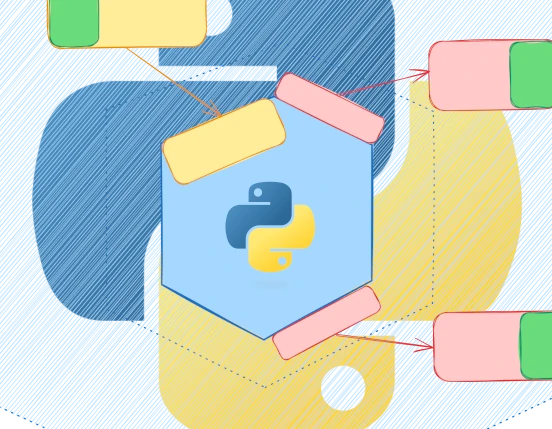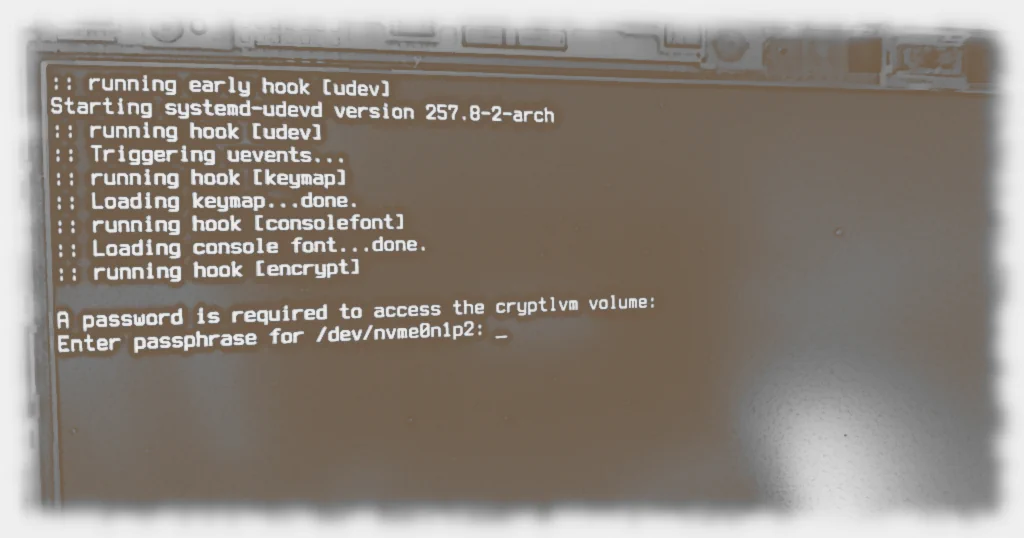
It's pretty straightforward to unit test the components
of an application that follows Hexagonal Architecture.
The components are part of specific layers, and mocking
the next dependency layer is usually simple.
However, this approach means we never test the application
as a whole and have to rely on expensive integration or
end-to-end tests to do so.
We can test the application components in sociable manner,
leaving our components' direct dependencies as-is,
and pushing the mocks further to the application edges.
If we push the mocks too far, we end up with
lightweight integration tests.
Let's explore how we can utilise such tests in a context
of Django application and what benefits we can reap.









